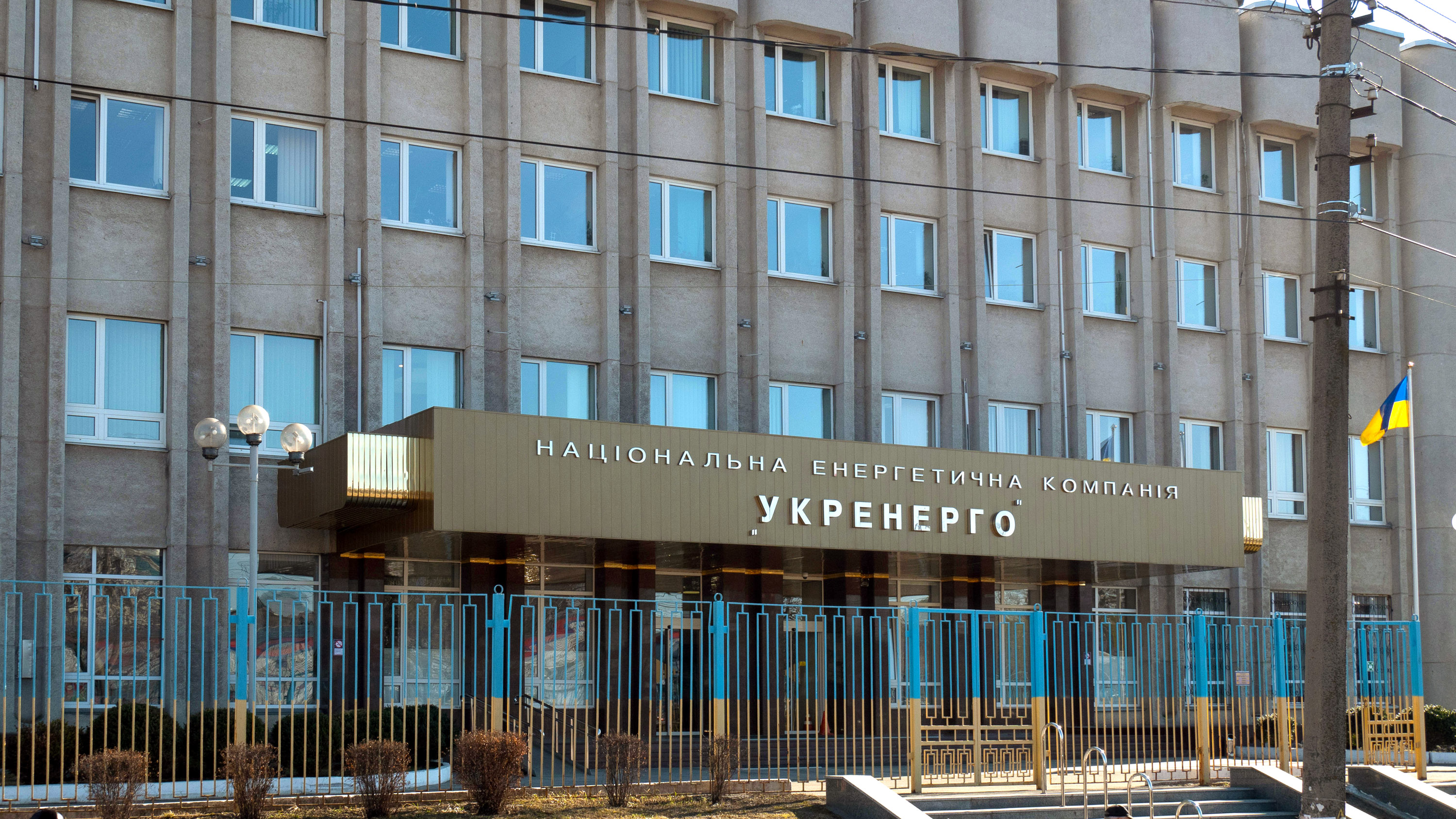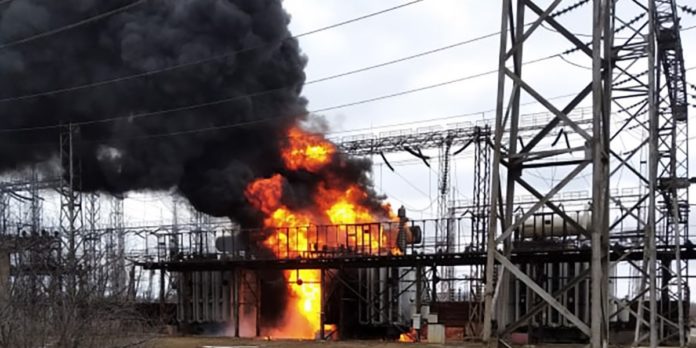But the country’s coal and natural-gas reserves were already at lower than normal levels this winter. The usual supply lines, from mines to ports, may be constrained, at risk of attacks, or already damaged. Notably, the railway tracks that deliver coal to a separate power plant in Zaporizhzhia were “blown up,” DTEK noted.
Filling in for the output of a nuclear plant will rapidly drain reserves, says Georg Zachmann, a senior fellow at the economic think tank Bruegel, who focuses on Ukrainian energy issues.
Officials and energy executives in the nation are pushing for another possibility: rapidly integrating the country’s grid with the European Union’s system to enable electricity to flow in, particularly in the event of sudden or broader outages.
That effort was already underway. In 2017, the country’s main transmission operator, Ukrenergo, signed a connection agreement with ENTSO-E, Europe’s association of more than 40 transmission operators. But the integration would require installation of frequency control capabilities and other technology to ensure the grids can interoperate, as well as extensive system safety tests and a variety of complex regulatory and power market agreements.
A full integration would also necessitate turning on or building transmission lines through Hungary, Moldova, Poland, Romania, and Slovakia, Zachmann noted in an analysis last year. Those would collectively deliver more than five gigawatts of electricity, exceeding 10% of Ukraine’s normal generation capacity, the level required by the EU and ENTSO-E for such cross-border integrations.

PAVLO BALANENKO/ALAMY
All of that was expected to cost at least €600 million and take years to complete.
The hope now is that the parties could synchronize the systems in “emergency mode,” potentially within days or weeks, by dropping some of the usual requirements and agreements. The limited integration might tap into lines already connecting Ukraine with Hungary and Slovakia, Zachmann says.
EU energy commissioner Kadri Simson said there’s broad agreement on moving forward “as quickly as possible,” Reuters reported.
But there could still be some significant technical and political challenges that hold up the integration. Late last month, ENTSO-E said its transmission operators would “urgently assess” the options and make the effort a “matter of priority.” But it hasn’t provided details on the current state of the undertaking or announced the estimated timing.
In response to an MIT Technology Review inquiry, the press office said that its experts are assessing different options and must take into account technical considerations, system stability, regulatory issues, and cybersecurity concerns.
Source link





